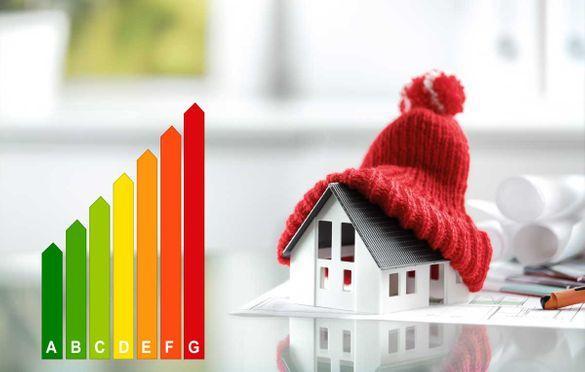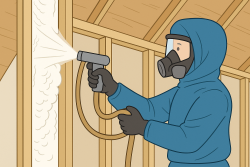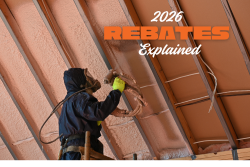You can always check for window cracks, air leaks, water damage, and deficiencies in your insulation in order to improve your home’s insulation. You can fluff your fiberglass batts, install storm windows, and fill empty gaps with more insulation. You can even protect your insulation from future damage with sealants.
But if you don’t understand why you are making these changes with your insulation in Toronto, you may be spending money where you shouldn’t, and neglecting critical areas that need your attention.
The Key Concept You Need to Know about Your Insulation in Toronto
Whenever you are working with insulation, you are working with heat flow. Basically, heat flows in three different ways:
- Convection: When heat flows through liquids or gases, convection occurs. Because of convection, hot air rises, and cold air falls.
- Conduction: Conduction is how heat moves through solid materials, like how a frying pan on the stove gets hot from the electric coil beneath it.
- Radiant Heat: Radiant heat always moves in a straight line and heats anything in its path that will absorb its energy, like how the sun radiates heat onto earth’s surface.
When you understand how heat moves, you will be able to address your home’s insulation needs more effectively. This is why all insulation materials are given an R-value. If you want to know more about how R-values are calculated or why your insulation is given a particular R-value, you can see that math here, or review this detailed chart regarding R-values and insulation.
The R-value of your insulation in Toronto is a measurement of the amount of heat resistance your insulation sustains. In other words, when your R-value is high, your insulation resists heat movement into or out of your home.
Here’s the Take-Away
Making improvements to your insulation can be most effective if you use the R-value to gauge the heat flow of each area of your home.
Additional factors to consider are the age of your insulation and the condition it is in. If there has been any water damage, or it has been flattened, your R-value will be diminished substantially.
When you start to think about your insulation in terms of heat flow, and R-values, you can save money by knowing exactly where improvements in your insulation need to happen.
Want Some Help?
When you want a detailed assessment for your home’s insulation, you can contact Reitzel for a comprehensive inspection of your home. With every inspection, we use high-tech methods for finding gaps in coverage, air leaks, and heat flow readings.


















